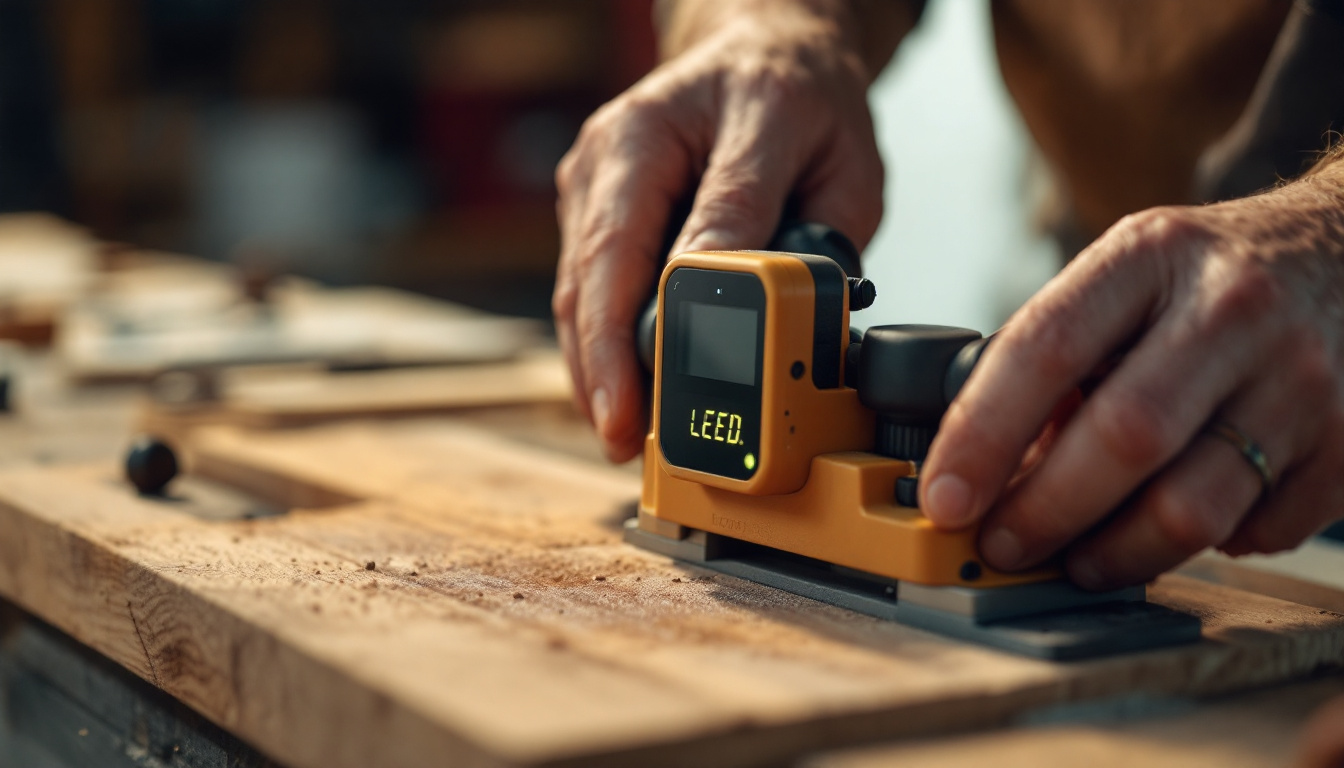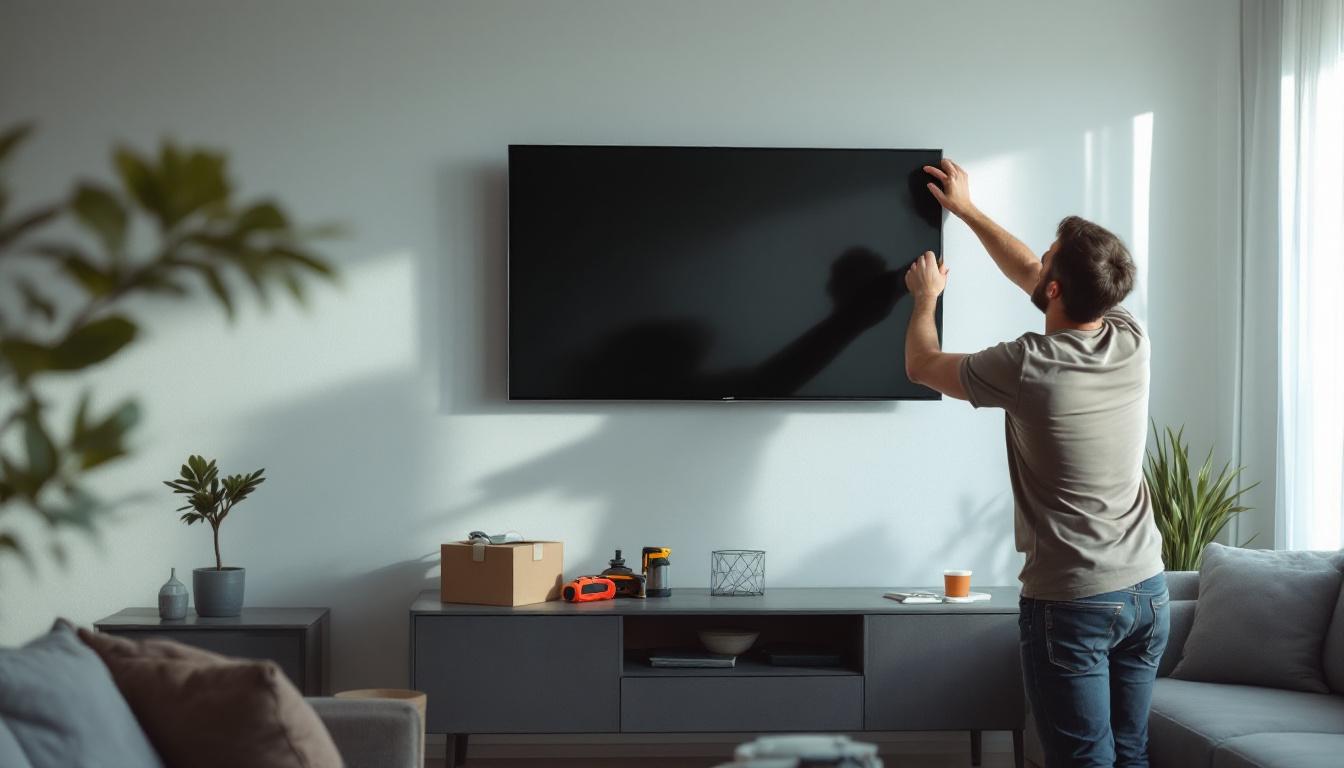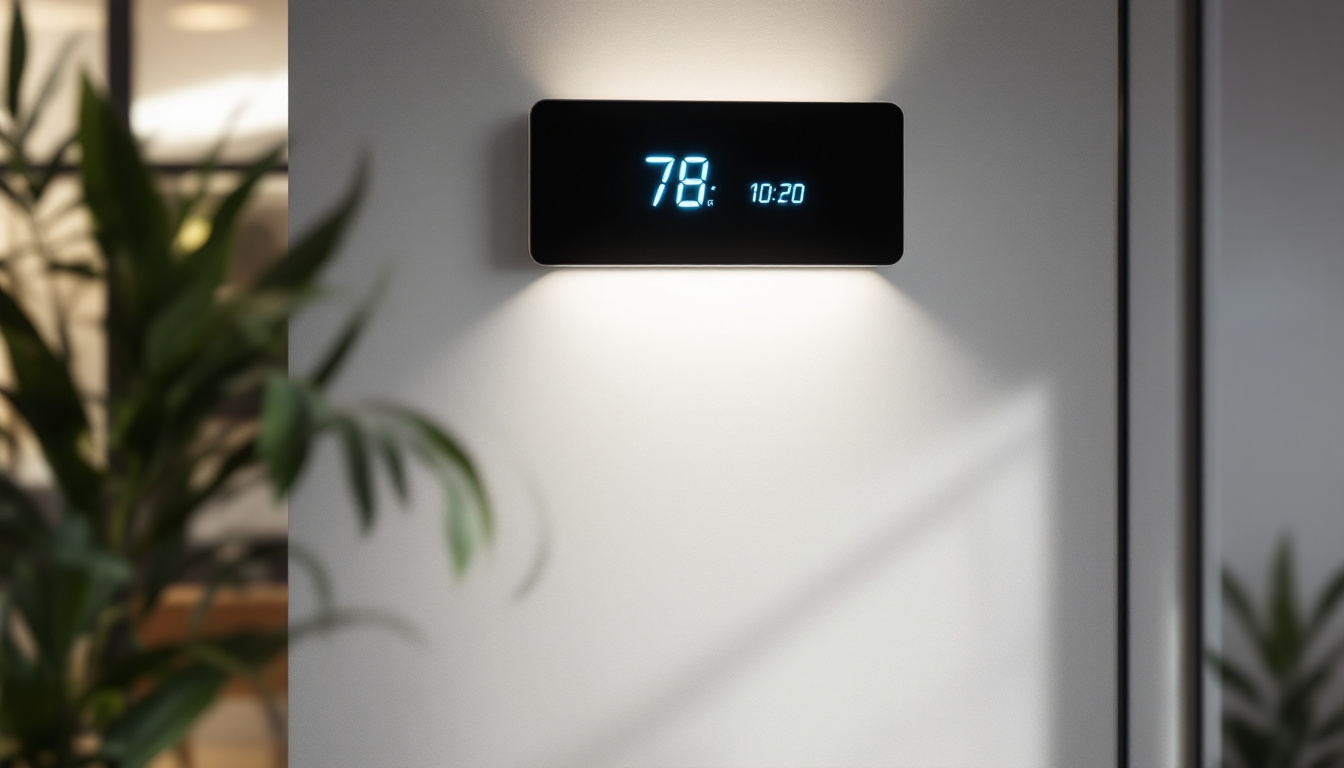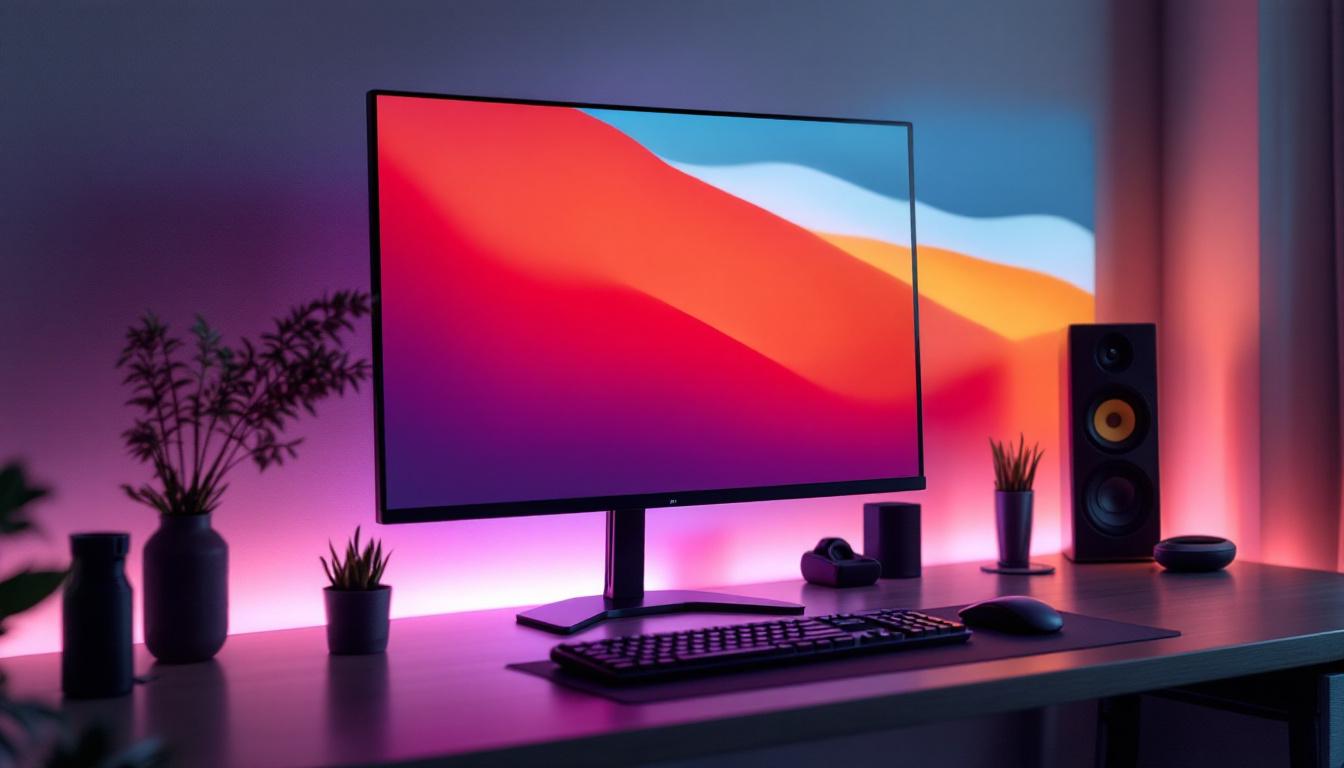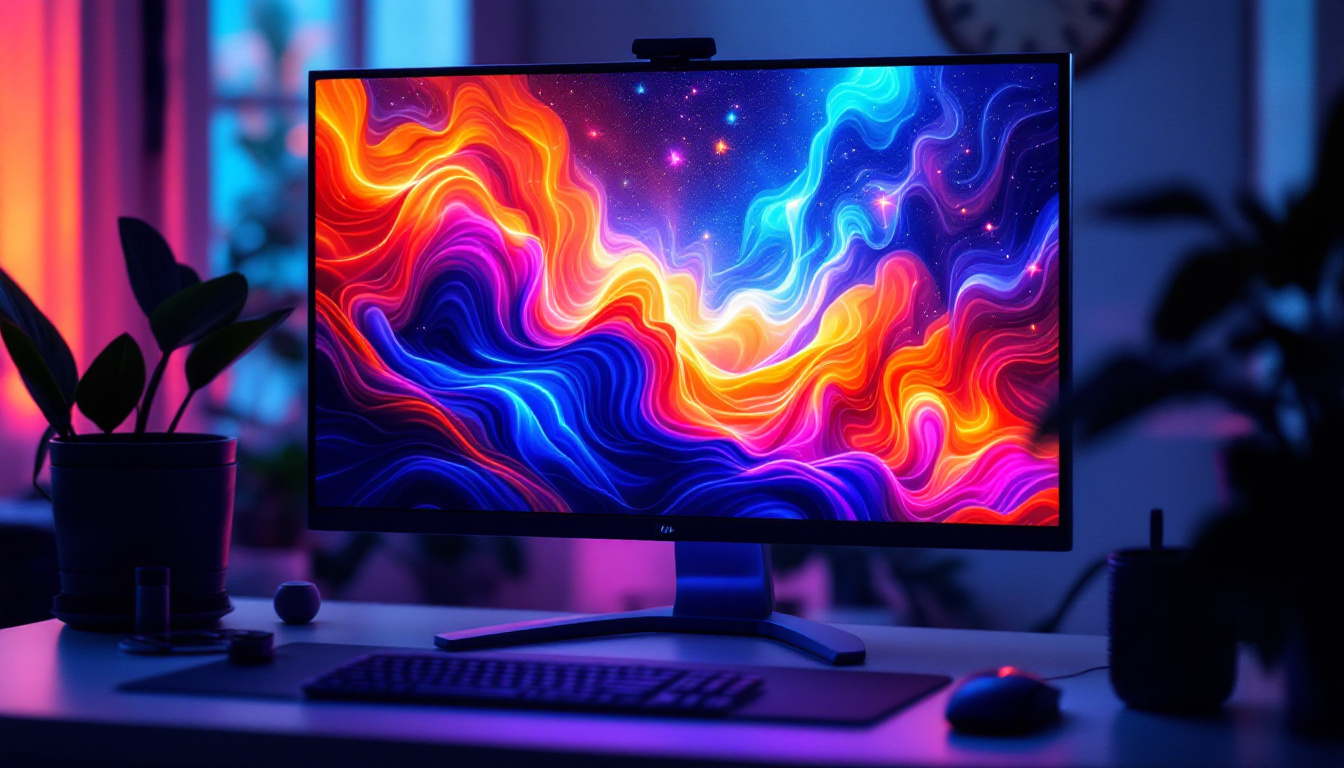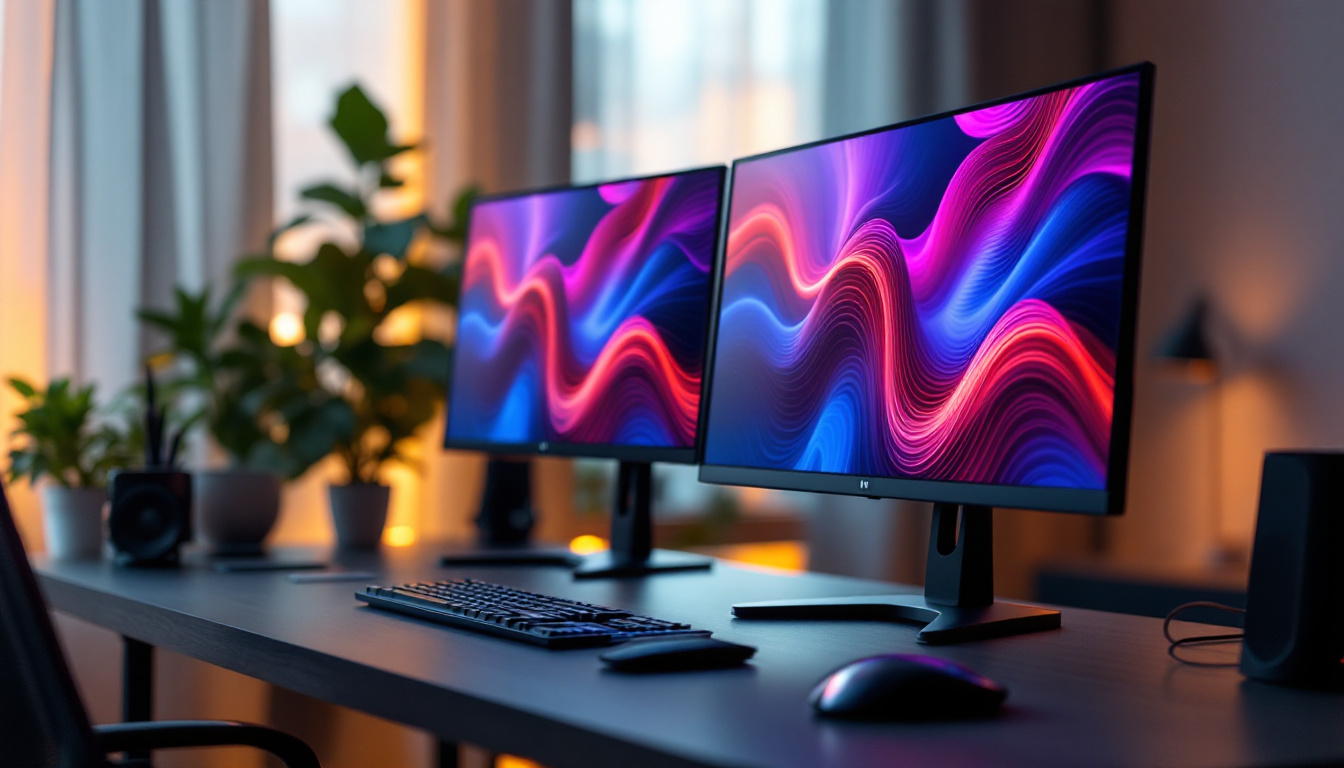In the world of woodworking, precision and efficiency are paramount. Among the tools that help achieve these goals is the manual hand planer. While traditional hand planers have long been a staple in workshops, modern advancements have introduced features like LED displays that enhance usability and accuracy. This article delves into the significance of LED displays in manual hand planers, exploring their functionalities, benefits, and the technology behind them.
Understanding the Manual Hand Planer
A manual hand planer is a versatile tool used to smooth and shape wood surfaces. It operates by removing thin shavings from the wood, allowing for a flat, even finish. This tool is essential for various woodworking tasks, from preparing wood for joinery to creating decorative edges.
Traditionally, hand planers required the user to rely heavily on their experience and skill to achieve the desired results. However, with the integration of technology, these tools have evolved significantly. The incorporation of LED displays is one such advancement that has transformed the way woodworkers approach their projects. This modern feature not only enhances precision but also allows less experienced users to achieve professional-quality results with greater ease.
The Basics of Operation
Manual hand planers operate through a simple mechanism where the user pushes the tool across the wood surface. The blade, set at a specific angle, shaves off thin layers of wood. The depth of the cut can be adjusted, allowing for greater control over the finish. This is where the LED display comes into play, providing real-time feedback on the settings and performance of the tool. As users become more familiar with their hand planer, they can experiment with different angles and depths, discovering unique techniques that enhance their woodworking projects.
Components of a Manual Hand Planer
A typical manual hand planer comprises several key components, including the body, blade, depth adjustment knob, and the LED display. Each part plays a crucial role in the tool’s functionality. The body is designed for comfort and maneuverability, while the blade is engineered for precision cutting. The depth adjustment knob allows users to set the desired thickness of the cut, and the LED display provides visual confirmation of these settings. Additionally, many modern hand planers feature ergonomic grips and lightweight materials, making them easier to handle during extended use, which is particularly beneficial for larger projects.
Moreover, the choice of blade material can significantly affect the performance of a manual hand planer. High-carbon steel blades are known for their sharpness and edge retention, while stainless steel options offer durability and resistance to corrosion. Woodworkers often have preferences based on their specific tasks, with some opting for replaceable blades that ensure consistent performance over time. Understanding these components and their functions not only aids in selecting the right tool but also empowers users to maintain and care for their planers effectively, ensuring longevity and optimal performance in their woodworking endeavors.
The Role of LED Displays in Hand Planers
LED displays have become increasingly popular in various power tools, including manual hand planers. These displays serve multiple purposes, enhancing the user experience and improving the overall efficiency of the tool. Understanding their role can help woodworkers make the most of their equipment.
Real-Time Feedback
One of the primary advantages of an LED display is the real-time feedback it provides. Users can easily monitor the depth of cut and other settings without having to guess or rely on manual measurements. This feature is particularly beneficial for those who are new to woodworking or those who may not have extensive experience with hand tools.
By displaying precise measurements, the LED screen allows users to make quick adjustments on the fly, ensuring that they achieve the desired results without unnecessary trial and error. This not only saves time but also reduces the risk of damaging the wood or compromising the quality of the finish.
Enhanced Precision
Precision is crucial in woodworking, and the LED display contributes significantly to this aspect. With clear numerical readouts, users can set their planers to specific depths, ensuring consistency across multiple pieces of wood. This is especially important in projects that require uniformity, such as cabinetry or furniture making.
Moreover, the ability to see exact measurements allows woodworkers to replicate settings for future projects, streamlining their workflow and enhancing productivity. This level of precision was often difficult to achieve with traditional hand planers, making the LED-equipped models a game-changer in the industry.
Benefits of Using LED Displays
The integration of LED displays in manual hand planers offers several benefits that can significantly enhance the woodworking experience. Understanding these advantages can help users appreciate the value of investing in modern tools.
Increased Efficiency
Efficiency is a key factor in any woodworking project. With an LED display, users can quickly adjust their settings and receive immediate feedback on their adjustments. This reduces the time spent on trial and error, allowing woodworkers to focus on the actual crafting process.
Additionally, the clarity of the display minimizes the chances of making mistakes, which can lead to wasted materials and time. By streamlining the planning process, woodworkers can complete their projects more quickly and with greater satisfaction.
User-Friendly Interface
Modern LED displays are designed to be intuitive and user-friendly. Most models feature simple controls that make it easy to navigate through settings. This accessibility is particularly beneficial for beginners who may feel overwhelmed by the complexities of woodworking tools.
Furthermore, the visual nature of LED displays caters to a wide range of learning styles. Whether someone prefers reading numbers or visually assessing settings, the LED interface accommodates various preferences, making it easier for anyone to use a manual hand planer effectively.
Technology Behind LED Displays
The technology behind LED displays in manual hand planers involves a combination of electronic components and software that work together to provide accurate readings. Understanding how these systems function can provide insights into their reliability and effectiveness.
Electronic Sensors
At the heart of the LED display system are electronic sensors that measure the depth of cut and other parameters. These sensors are designed to provide precise readings, ensuring that the information displayed is accurate. The integration of high-quality sensors is essential for the overall performance of the tool.
As the user adjusts the depth of the blade, the sensors relay this information to the LED display, which updates in real-time. This seamless interaction between hardware and software is what makes modern manual hand planers so effective.
Durability and Longevity
LED displays are known for their durability and longevity, making them suitable for the demanding environment of a woodworking shop. Unlike traditional analog displays, LED screens are less prone to damage from dust, moisture, and physical impact. This resilience ensures that woodworkers can rely on their tools for years without worrying about display malfunctions.
Moreover, the energy efficiency of LED technology means that the displays consume minimal power, extending the life of the tool’s battery or reducing the need for frequent replacements. This aspect is particularly appealing for those who use their hand planers regularly.
Choosing the Right Manual Hand Planer with LED Display
When looking to purchase a manual hand planer with an LED display, several factors should be considered to ensure that the tool meets specific needs and preferences. Understanding these criteria can help woodworkers make informed decisions.
Blade Quality and Type
The quality and type of blade are critical components of any hand planer. Look for models that feature high-speed steel or carbide blades, as these materials offer superior cutting performance and durability. Additionally, consider the blade width and the number of blades, as these factors can influence the tool’s effectiveness in various applications.
Adjustability and Settings
Different woodworking projects may require varying depths of cut, so it’s essential to choose a manual hand planer that offers a wide range of adjustability. The LED display should clearly indicate the current settings, making it easy to switch between different depths as needed.
Furthermore, some models may offer additional features, such as preset depth settings or fine-tuning adjustments, which can enhance usability and efficiency. Evaluating these options can help users find a planer that aligns with their specific requirements.
Maintenance of Manual Hand Planers with LED Displays
Proper maintenance is crucial to ensure the longevity and optimal performance of manual hand planers equipped with LED displays. Following a few simple guidelines can help keep these tools in excellent condition.
Regular Cleaning
Dust and debris can accumulate on the body and blade of the hand planer, affecting its performance. Regular cleaning is essential to prevent buildup that could hinder the tool’s functionality. Use a soft brush or cloth to wipe down the surfaces, and ensure that the blade is free from any obstructions.
Blade Maintenance
Keeping the blade sharp is vital for achieving clean cuts. Dull blades can lead to rough finishes and increased effort during operation. Regularly inspect the blade for wear and sharpen or replace it as needed. Many manufacturers provide guidelines on how to maintain the blade, so be sure to follow these recommendations.
Conclusion
The integration of LED displays in manual hand planers marks a significant advancement in woodworking technology. By providing real-time feedback, enhancing precision, and improving user experience, these displays have transformed how woodworkers approach their craft. With the right knowledge and tools, including a manual hand planer equipped with an LED display, achieving professional-quality results has never been easier.
As woodworking continues to evolve, embracing modern features like LED displays can lead to greater efficiency and satisfaction in projects. Whether a seasoned professional or a novice enthusiast, understanding the benefits and functionalities of these tools is essential for anyone looking to enhance their woodworking skills.
Discover LumenMatrix LED Display Excellence
Ready to elevate your woodworking projects with the precision and clarity of LED display technology? Embrace the future with LumenMatrix, a pioneer in crafting innovative LED display solutions that bring your work to life. From indoor and outdoor wall displays to specialized options like vehicle and sports displays, LumenMatrix offers a diverse range of products designed to enhance your visual experience. Don’t miss the opportunity to transform your craft. Check out LumenMatrix LED Display Solutions today and see the difference cutting-edge technology can make.

